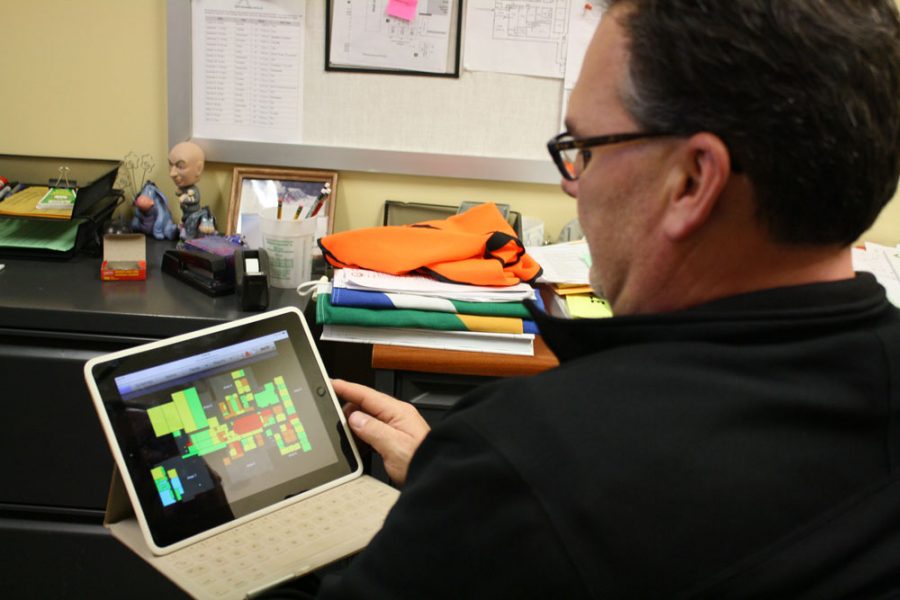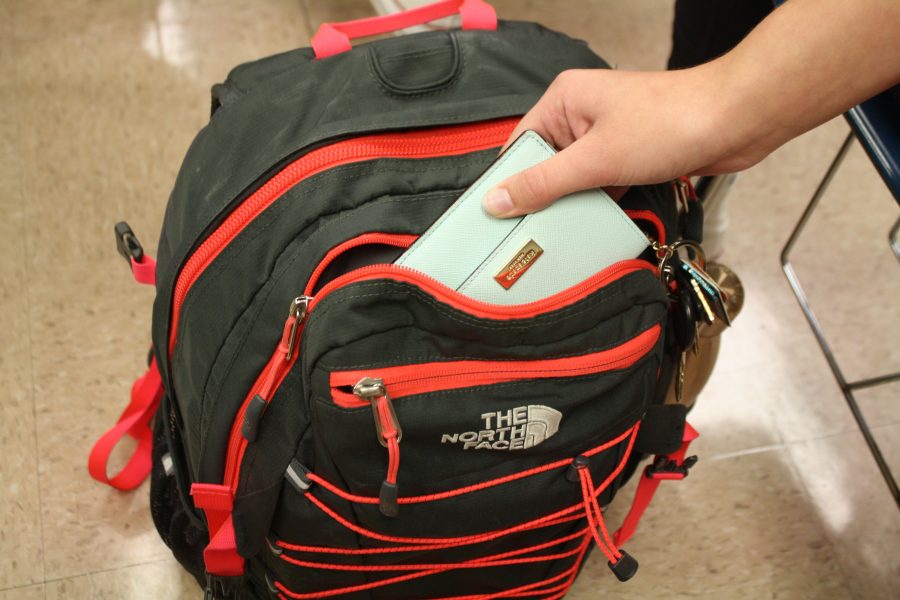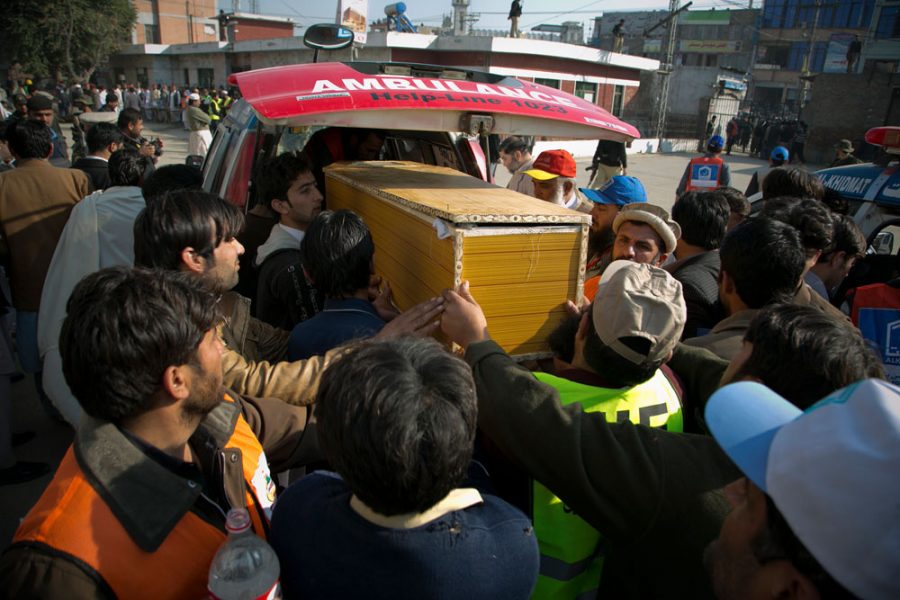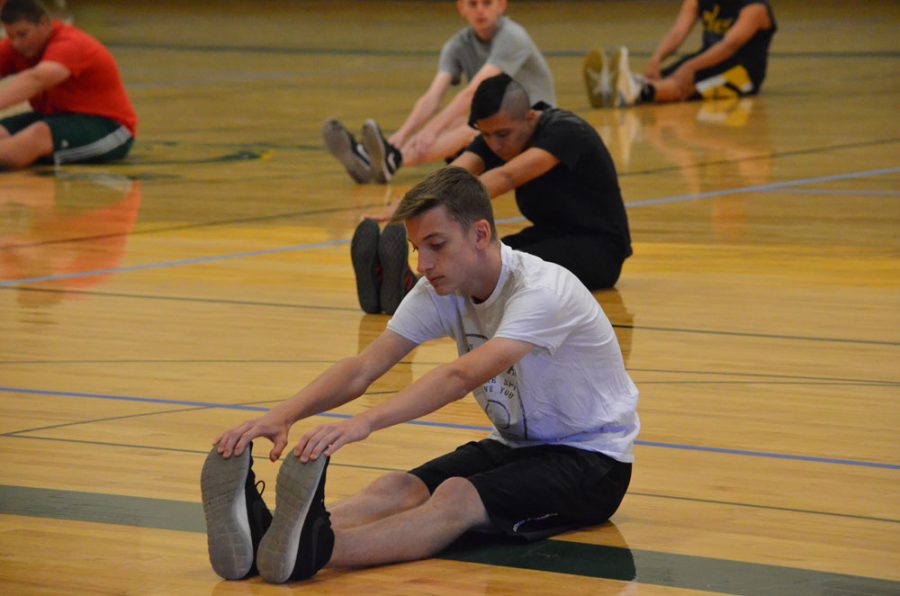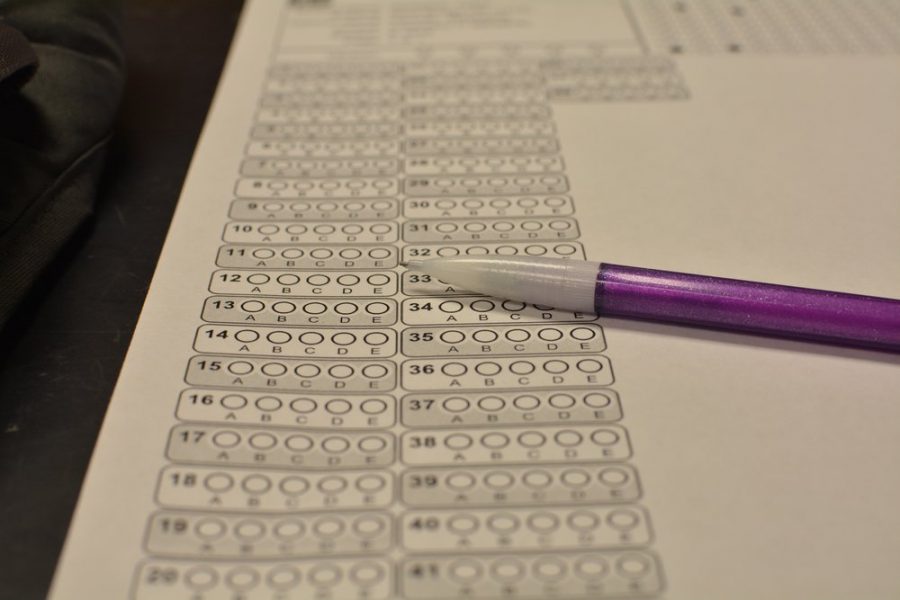Dec. 8, 64 degrees. Dec. 9, 56 degrees. Dec. 10, 65 degrees. These numbers may seem atypical in Missouri, but according to time tried theory, this forecast may become the norm throughout the country this year.
According to an article from International Business Times, these summer-esque temperatures might be because of a phenomenon called the Arctic Oscillation. This means that a change in air pressure in the north affected how far south the cooler air traveled from the Arctic. The ring of cold air that makes up the polar vortex is trapped in the North Pole, thus leading to the unseasonably warm temperatures Missouri is experiencing.
In light of these unusual temperatures, RBHS’ usual winter routine has become problematic.
“The school has a water air conditioning system and it has a cooling tower outside that has to be drained in the winter or else it will freeze up,” assistant principal Brian Gaub said. “Since the hot water for the bathrooms and kitchens is provided by the boiler, there is always some heat that is on. They drain [the AC unit] every winter, but rarely is it 70 degrees [out]. This is much warmer than usual this time of year.”
The hottest rooms in the building are the media center and rooms 227 and 228, which all reached 79 degrees last week. Media center specialist Beth Shapiro said the past week of unfaltering heat in the library has sweltered she and her colleagues’ work day.
[weather_map width=”750″ height=”200″ city=”Columbia” layer=”temp”]“It affects our day in that it makes us sweat and feel very tired,” Shapiro said. “The computers heat up and there are a lot of bodies, so we’ve opened the doors in here to try and get some cross ventilation. We feel very tired and sweaty and sometimes in a stupor because of the heat.”
Shapiro, who arrives at school around 8:30 a.m. and leaves around 4:30 p.m., deals with the media center heat throughout the day. Although she had not heard of any student complaints yet, she said the media center staff has made many attempts to cool off, like using a personal fan periodically.
In the eyes of students like junior Sarah Stannard, the school temperature inside always seem to be the opposite of the weather outside. This dramatic fluctuation of temperature leads her to believe school officials could heat and cool the building more efficiently.
“The school is always freezing in the spring and fall and boiling hot in the winter. I think the current heating and cooling system is very unpractical and a waste of tax money that funds the school,” Stannard said. “I wish the school could just be a normal [room] temperature instead of freezing some days and melting others.”
Stannard first noticed the rising temperatures while sitting in her U.S. history and precalculus class when the room changed from hot to cool.
“It gets really hot in some classes and then I find it very hard to focus on the class when all I can think about is how [warm it is],” Stannard said. “[My classes can] go from hot to cold, so for ten minutes I’m melting, then it gets cooler.”

“Some people are comfortable at 79 [degrees]. I think 79 is warm, but for some people that’s actually comfortable. At home you could turn on the air conditioning system right now if you wanted to because it’s not a water system,” Gaub said. “Here in these big buildings, they use a water system because it’s more efficient. People who have been here for a few years [get] used to it.”
What do you think about RBHS’s seasonal temperature changes? Leave a comment below!












































































